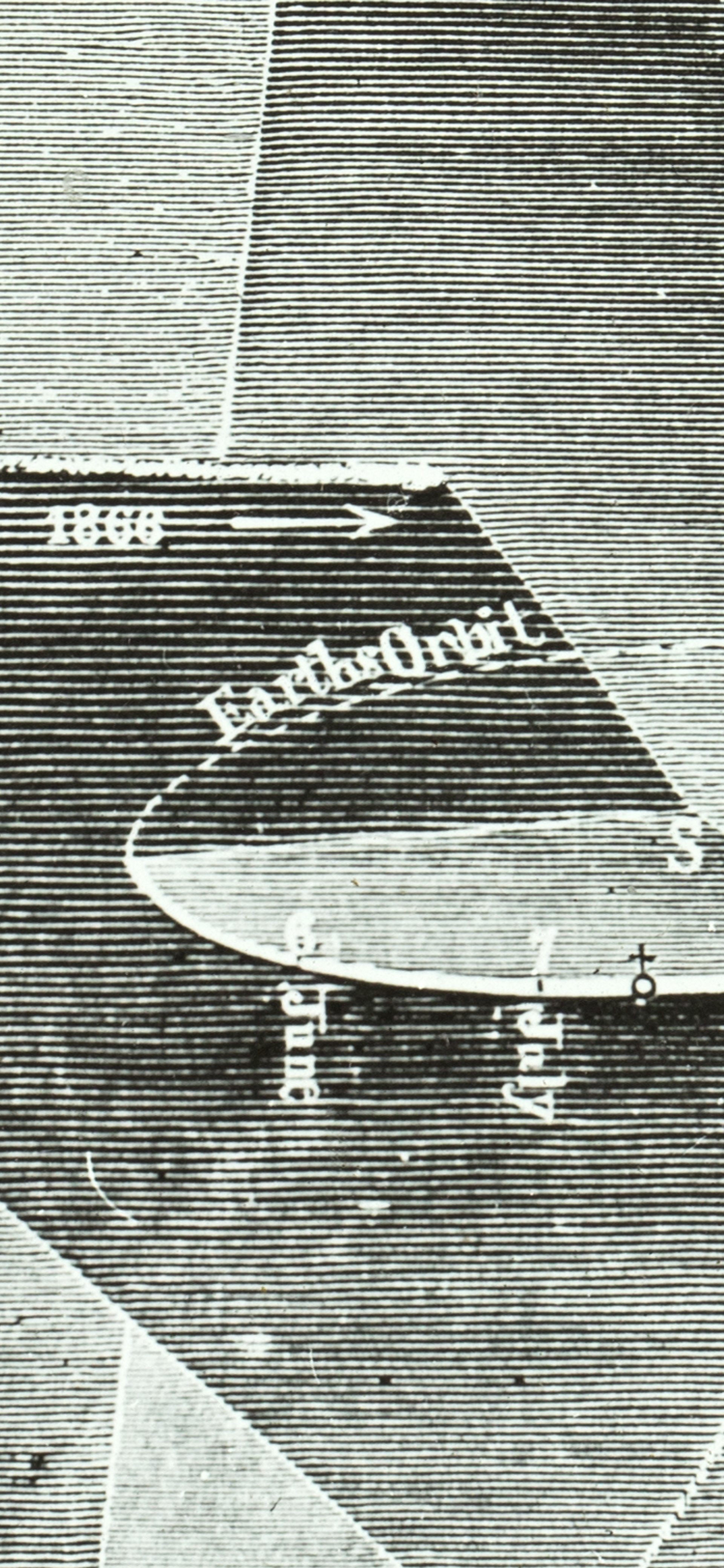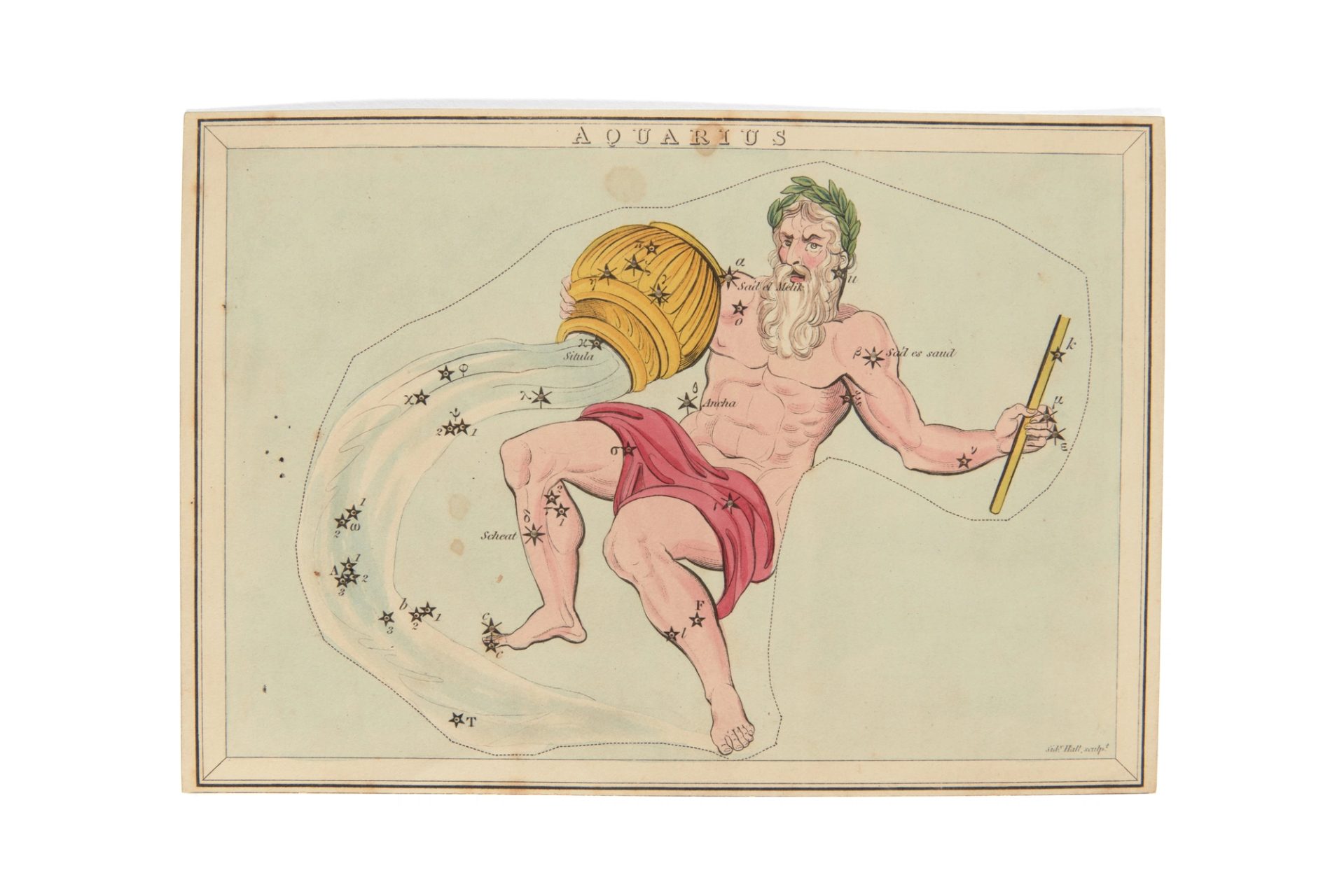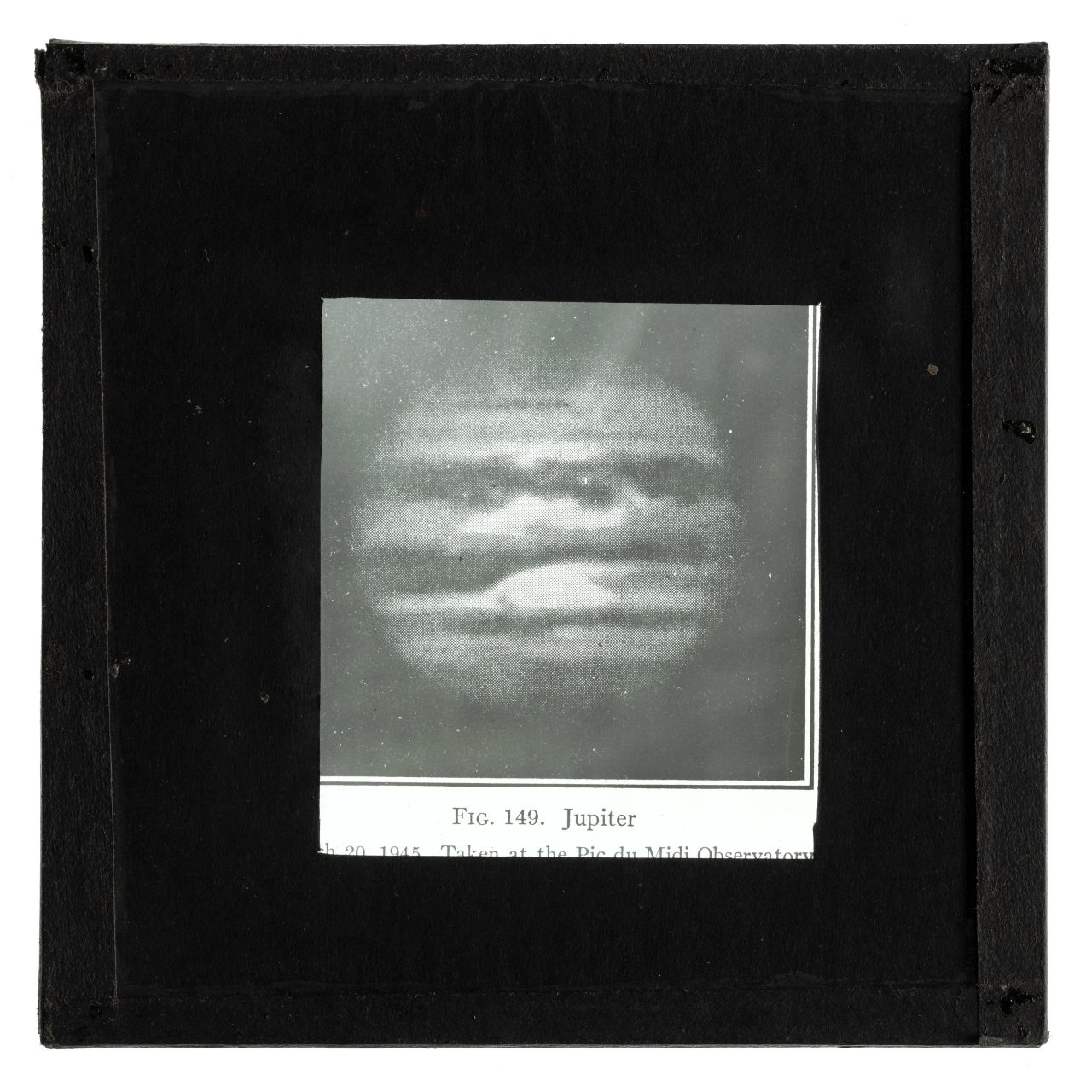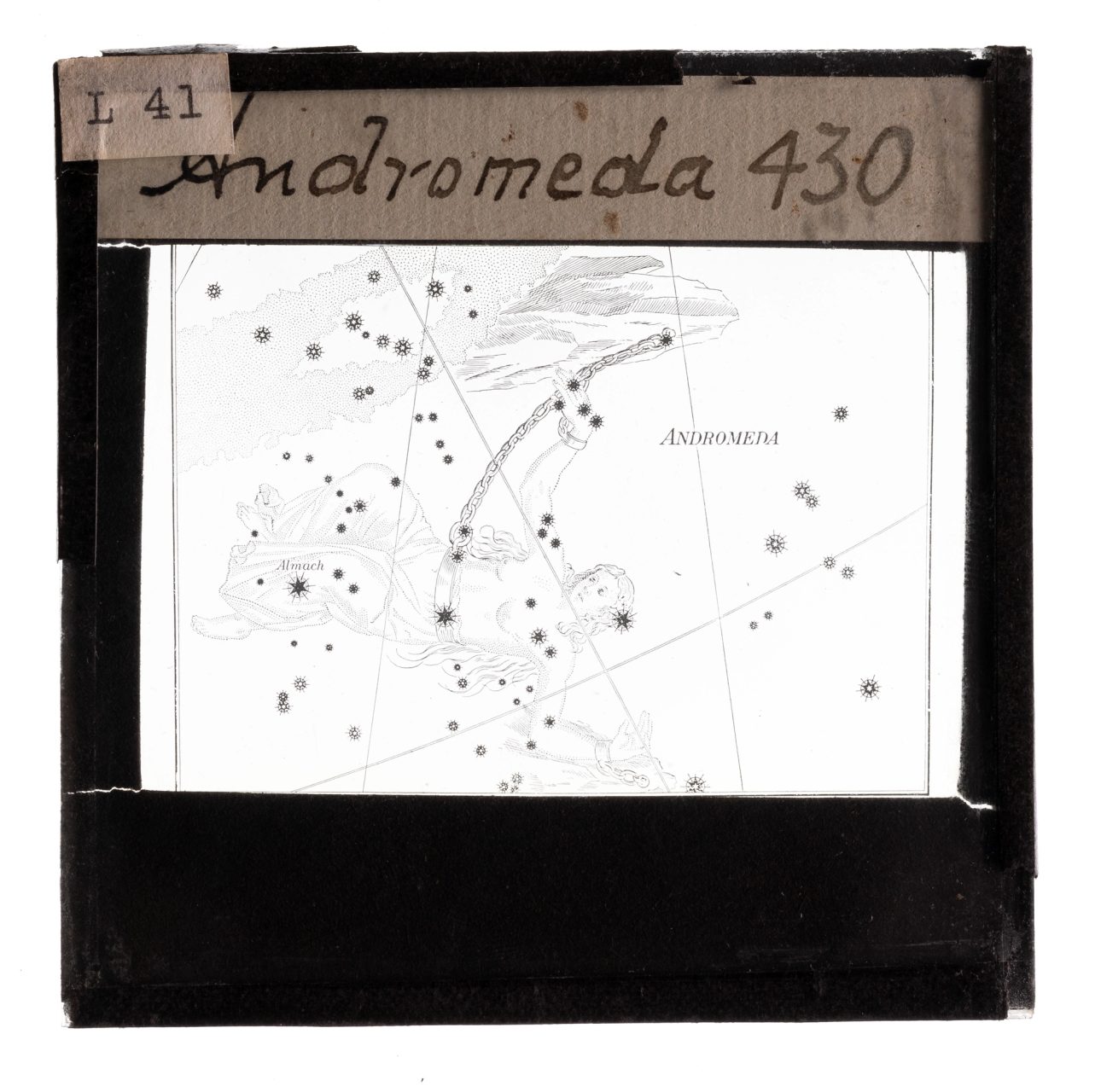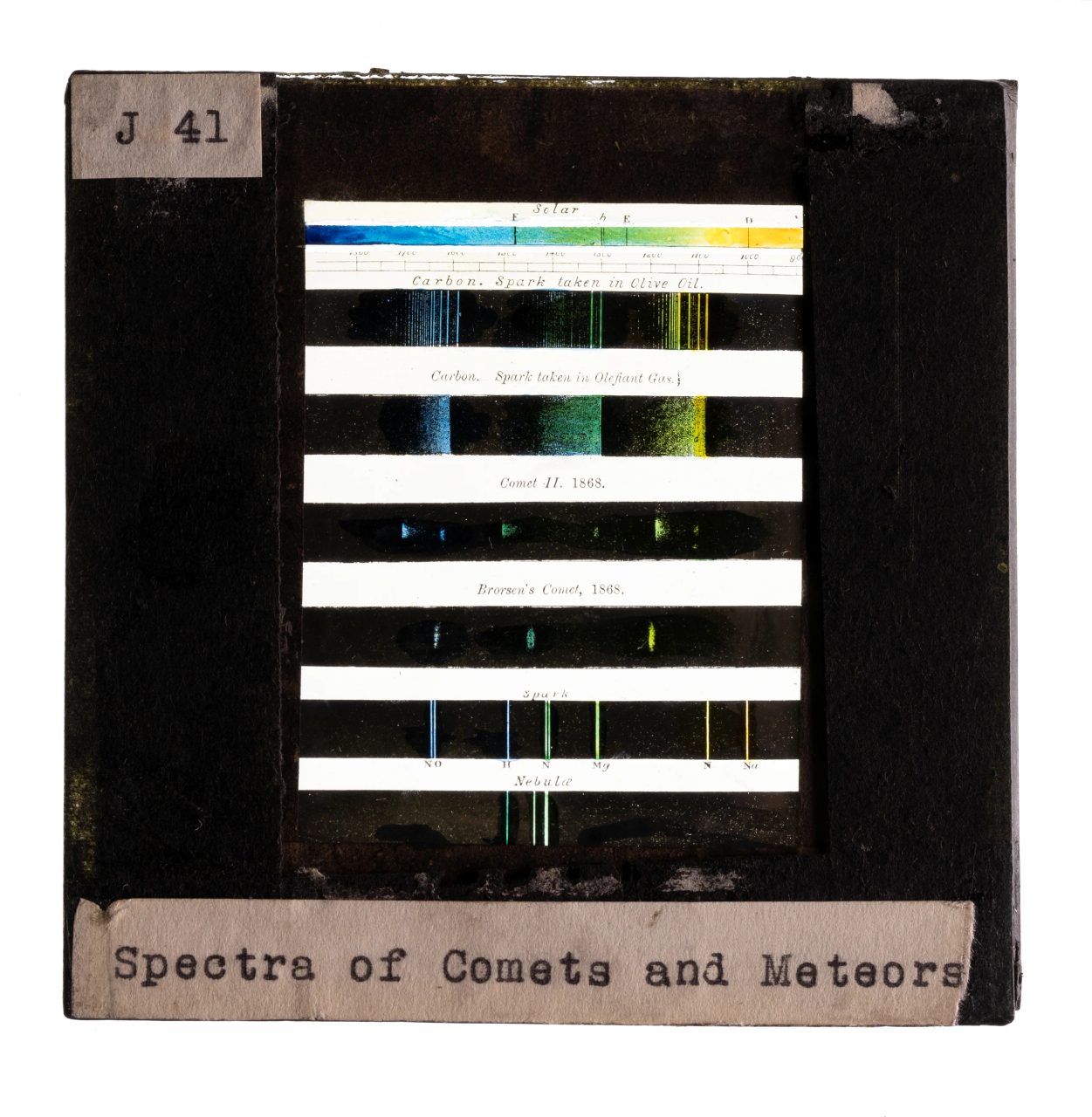Sky Guide November 2023

‘November brings excellent planet viewing: Jupiter makes appearances in both the evening and morning sky, joined by Saturn and Mercury in the evenings, and Venus in the mornings. Meanwhile there are some excellent deep-sky objects visible with the naked eye and several more viewable through a telescope or binoculars.’
Constellations
Constellations are named groups of stars that link to form a picture. For millennia constellations have been used as tools for navigation and as focal points for significant cultural stories. Astronomers use these constellations to mark out sections of the sky and as a way of locating astronomical objects. In November the following constellations dominate the spring sky.
Pegasus the winged horse is high in the northern sky. Pegasus is easy to find by looking for four bright stars that outline the ‘Great Square of Pegasus’. The Square is large: more than 15 degrees wide and 13 degrees high. In the past all four stars were part of the constellation, though delta Pegasi is now known as Alpha Andromedae.
Andromeda low in the northern sky beneath Pegasus. This constellation shares a star with the Square of Pegasus. While it is best seen in the Northern Hemisphere, it is clearly visible to southern observers this month.
Aquarius high overhead in the November sky. An ancient constellation, Aquarius is best known for the Eta-Aquarids meteor shower that peaks in early May. Like the other constellations, Aquarius is steeped in mythology, seen as Ganymede, a shepherd boy in Greek myths and as a man pouring water from a jug by the Babylonians.
Cetus high in the eastern sky next to Eridanus, the river. The fourth largest constellation and one of the most ancient, Cetus is depicted in myths as a variety of creatures, including a sea monster and a whale.
Eridanus stretching high across the southern evening sky. Eridanus represents a river that begins near the constellation of Orion and ends at the brilliant Achernar, a blue-white star shining at magnitude 0.5.
Planets
Jupiter appears in the east in the evenings and west in the mornings. Jupiter is joined by Saturn and Mercury in the evenings and Venus in the mornings.
Mercury visible low in the south-western sky from the middle of the second week of November, so a good view to the horizon is needed to see Mercury. The planet journeys through the constellations this month, beginning the month in Libra, moving into Scorpius and Ophiuchus around the middle of the month, and finally reaching Sagittarius by the end. On the 14th, a very thin crescent Moon is below and to the left (south) of Mercury.
Venus the brightest of the planets appears in the eastern morning sky throughout the month, beginning in Leo and moving into Virgo by the 3rd. On the 9th, the crescent Moon is above and to the left (north) of Venus, while the following morning it is below and to the right (south) of the planet.
Mars the Red Planet will only be up during the daytime this November, and is too close to the Sun to observe.
Jupiter the largest planet in our Solar System is low in the Eastern sky after sunset in the constellation Aries on the 1st, but rises earlier as the month passes, making for better viewing in late November. On the 3rd, Jupiter is at opposition – its closest and brightest for the year – and on the 25th the waxing gibbous Moon is below and to the left (north) of Saturn. Jupiter can also be seen low in the north-western morning sky at the beginning of the month but becomes too low to view around the middle of the month.
Saturn the ringed planet is high in the north-western sky after sunset in the constellation Aquarius. On the 20th, the first quarter Moon is above and to the left (west) of Saturn.
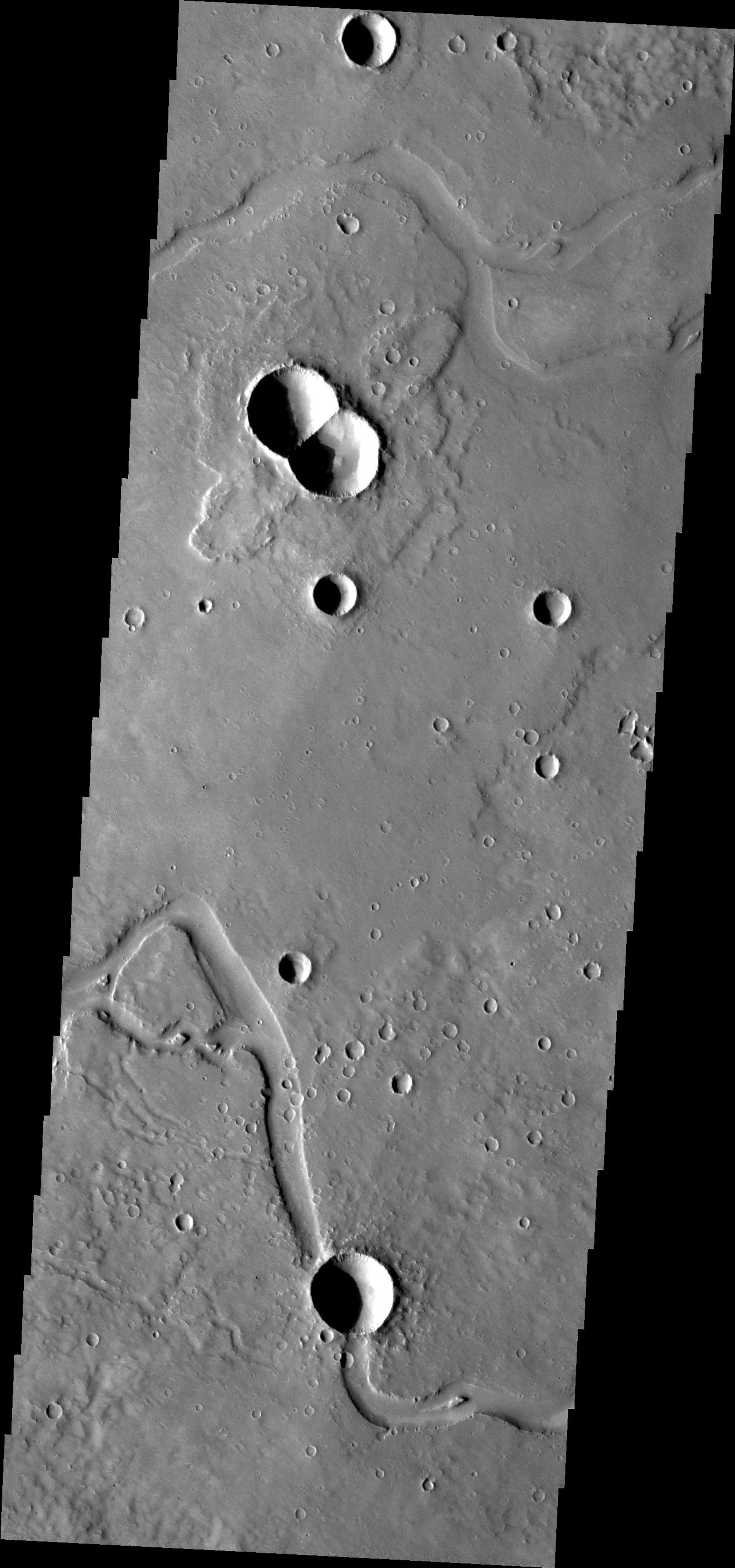
Moon
Last Quarter – Sunday 5 November at 7:37 pm AEDT
New Moon – Monday 13 November at 8:27 pm AEDT
First Quarter – Monday 20 November at 9:50 pm AEDT
Full Moon – Monday 27 November at 8:16 pm AEDT
Deep Sky
Andromeda Galaxy (M31) the most distant object visible to the unaided eye, it is approximately 2.5 million light years away. While a fascinating sight with just your eyes, if you have binoculars or a small telescope you can see the dark dust lanes of the spiral arms, a bright core, and, if you are lucky, you might see one or both of its companion galaxies.
LMC/SMC the Large and Small Magellanic Clouds are the two satellite galaxies of our own Milky Way. The Large Magellanic Cloud (LMC) is in the constellation of Dorado and is approximately 160,000 light years away; while the Small Magellanic Cloud (SMC) is in Tucana and is approximately 200,000 light years away.
47 Tuc or 47 Tucana (NGC 104) one of the finest globular clusters in the sky, second only to Omega Centauri. It sits beside the SMC in the constellation Tucana and can be seen away from city lights with the unaided eye. 47 Tuc is approximately 15,000 light years from us.
Tarantula Nebula (NGC 2070) a large hydrogen gas cloud approximately 1,000 light years in diameter and part of the LMC. The name ‘Tarantula’ comes from the spider-like appearance of the nebula in telescopes and photographs. At the centre of the nebula is the open cluster R136, which contains approximately 500,000 stars, including some of the hottest and most massive supergiant stars known.
M15 the first globular cluster found to contain a planetary nebula is in the constellation Pegasus. A rare intermediate black hole also resides at the centre of M15 and is thought to be 4,000 times the mass of our Sun. M15 lies about 33,600 light years from us and is best seen through binoculars or a telescope.
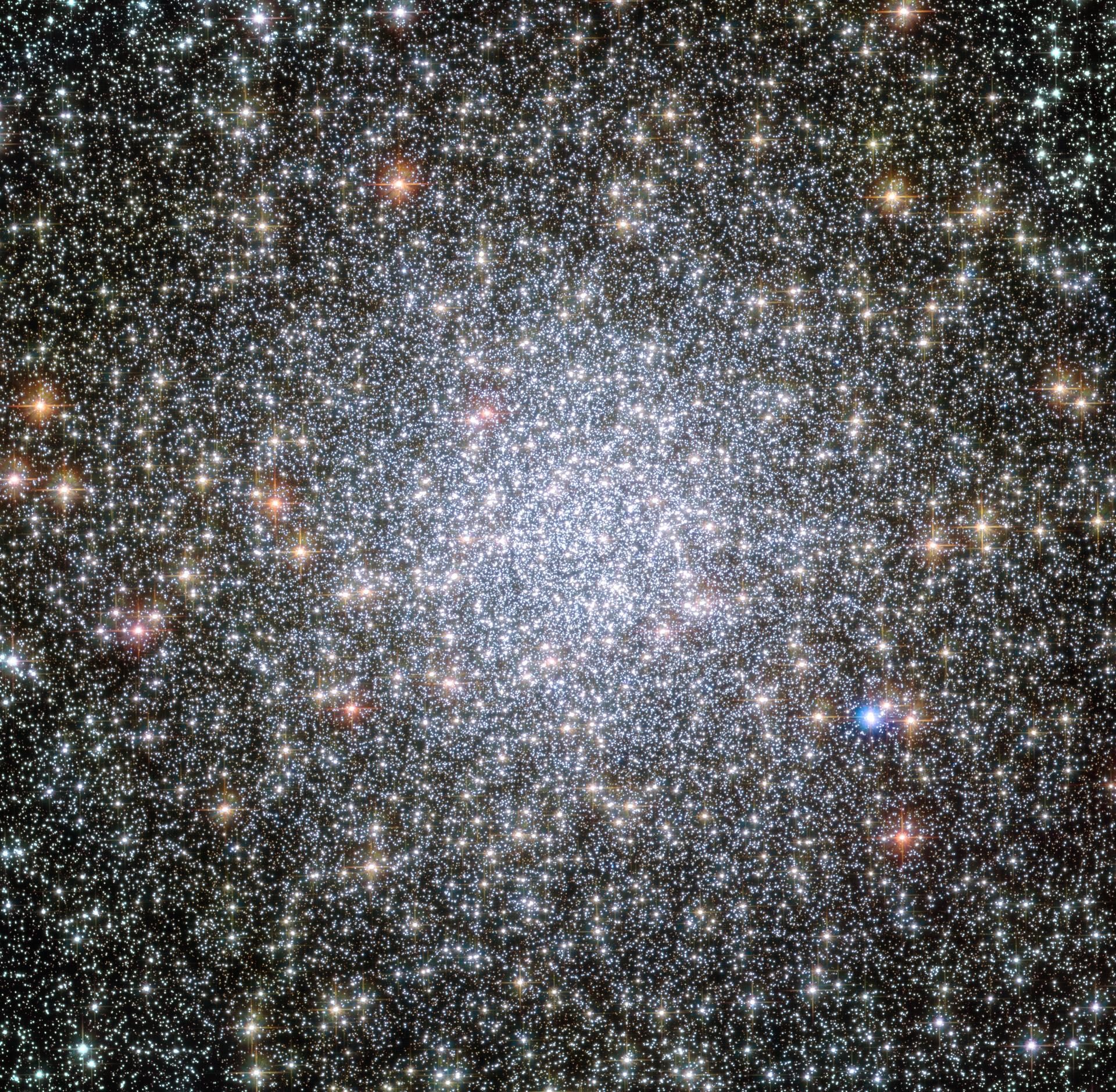
NGC 6752 a bright (magnitude 6) globular cluster located in the constellation Pavo. It contains more than 100,000 stars and is about 15,000 light years away.
Saturn Nebula (NGC 7009) a planetary nebula in Aquarius approximately 3,000 light years away. It is known as the Saturn Nebula due to its shape (resembling the planet Saturn) and at magnitude 8, it appears as a bluish ellipse in telescopes.
M2 a globular cluster in Aquarius approximately 37,000 light years away. It contains more than 150,000 stars and has a diameter of at least 150 light years, making it one of the largest known globular clusters. At magnitude 6.3, M2 can be easily seen in binoculars or a telescope.
Other events
In November also look for the Leonids meteor shower, which is visible for most of the month (6-30 November). The shower originates from debris left by Comet Tempel-Tuttle and will peak on 18-19 November, with up to 10 meteors per hour. To observe the shower, find a place away from city light pollution, with a clear and unobstructed view of the sky.










